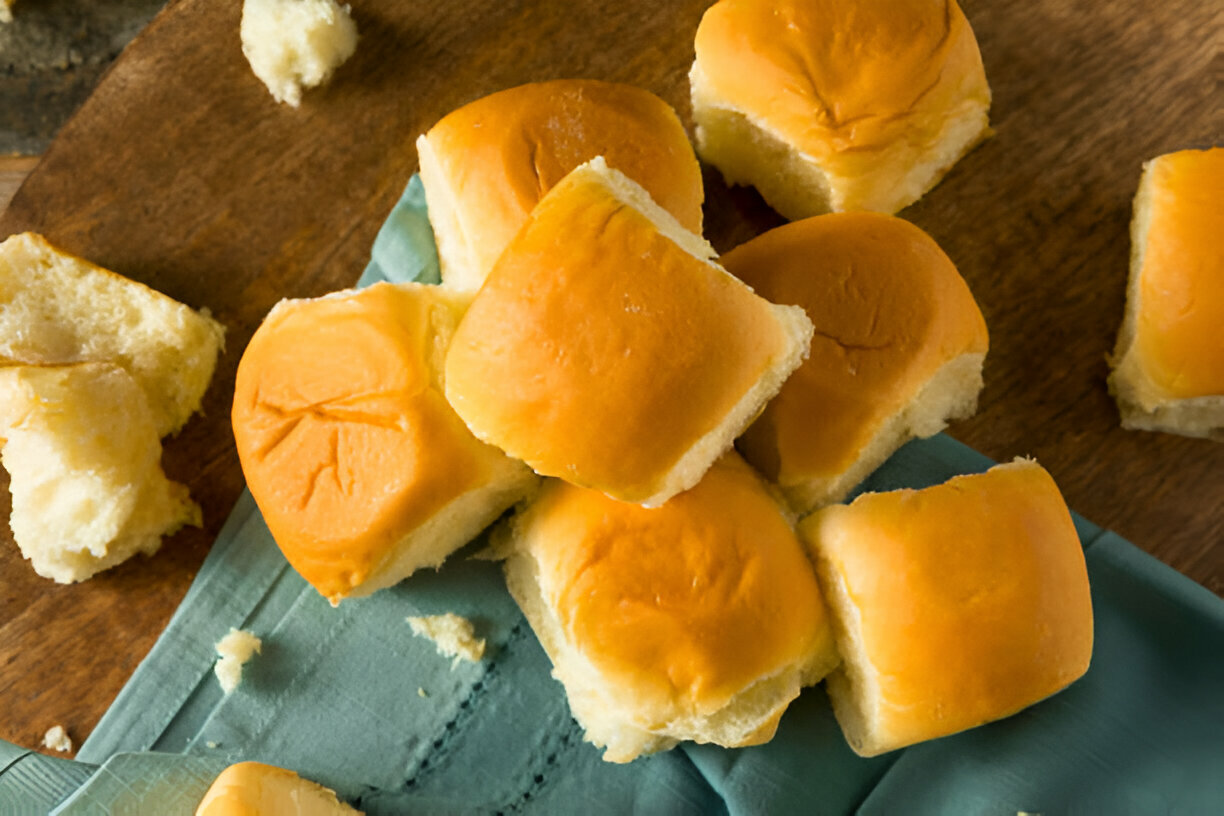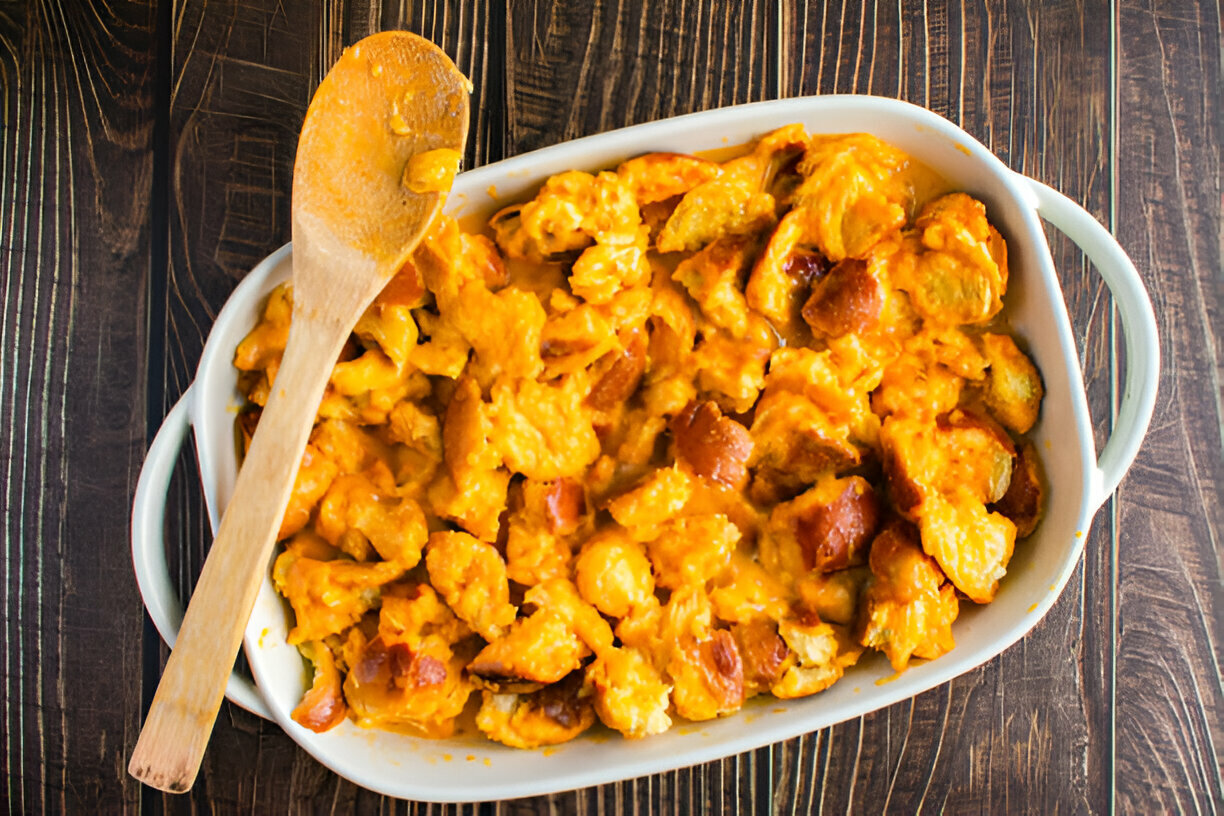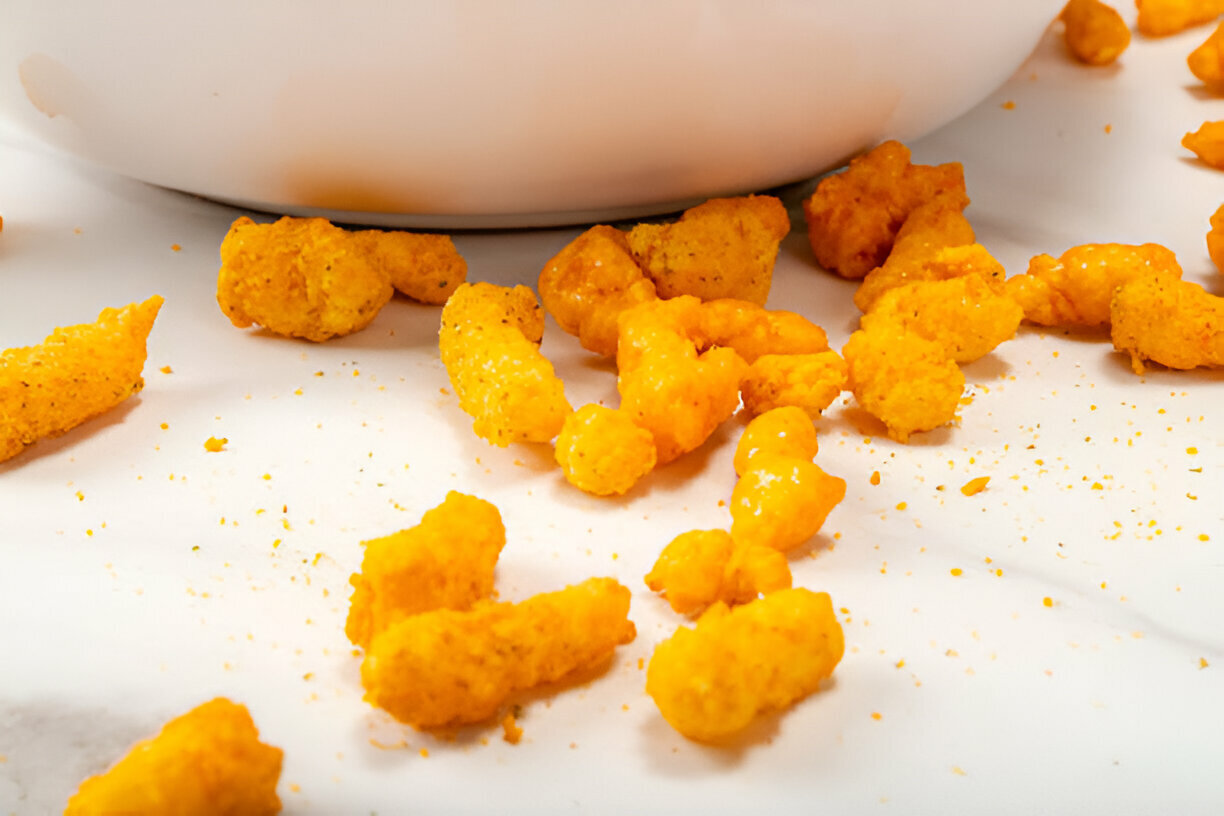Fried rice is undeniably one of the most favored takeout dishes worldwide, adored for its savory flavors and comforting texture. It seamlessly combines a variety of ingredients, making it a quick and satisfying meal choice for busy individuals and families alike. The appeal lies not only in its taste but also in its versatility; leftover rice, vegetables, and proteins can all be easily transformed into a delicious dish in mere minutes. However, while takeout fried rice may offer convenience, homemade versions can elevate this beloved meal to new heights.
Creating fried rice at home allows for greater control over the quality of ingredients, flavors, and overall nutrition. By using fresh vegetables, proteins, and avoiding the additives commonly found in restaurant versions, you can craft a healthier and more personalized meal that suits your tastes. Additionally, making fried rice from scratch can be a fun culinary adventure, inviting you to experiment with different combinations of ingredients and sauces.
This article will explore the origins and variations of fried rice, detail why homemade versions are superior to takeout, and provide an easy, step-by-step recipe for creating your own “Better Than Takeout Fried Rice” at home. You'll discover key ingredients that elevate your dish, the cooking techniques for achieving optimal flavor, and tips to avoid common pitfalls. So, whether you're a novice in the kitchen or an experienced home cook, prepare to unleash your inner chef and enjoy a fried rice experience that outshines takeout!
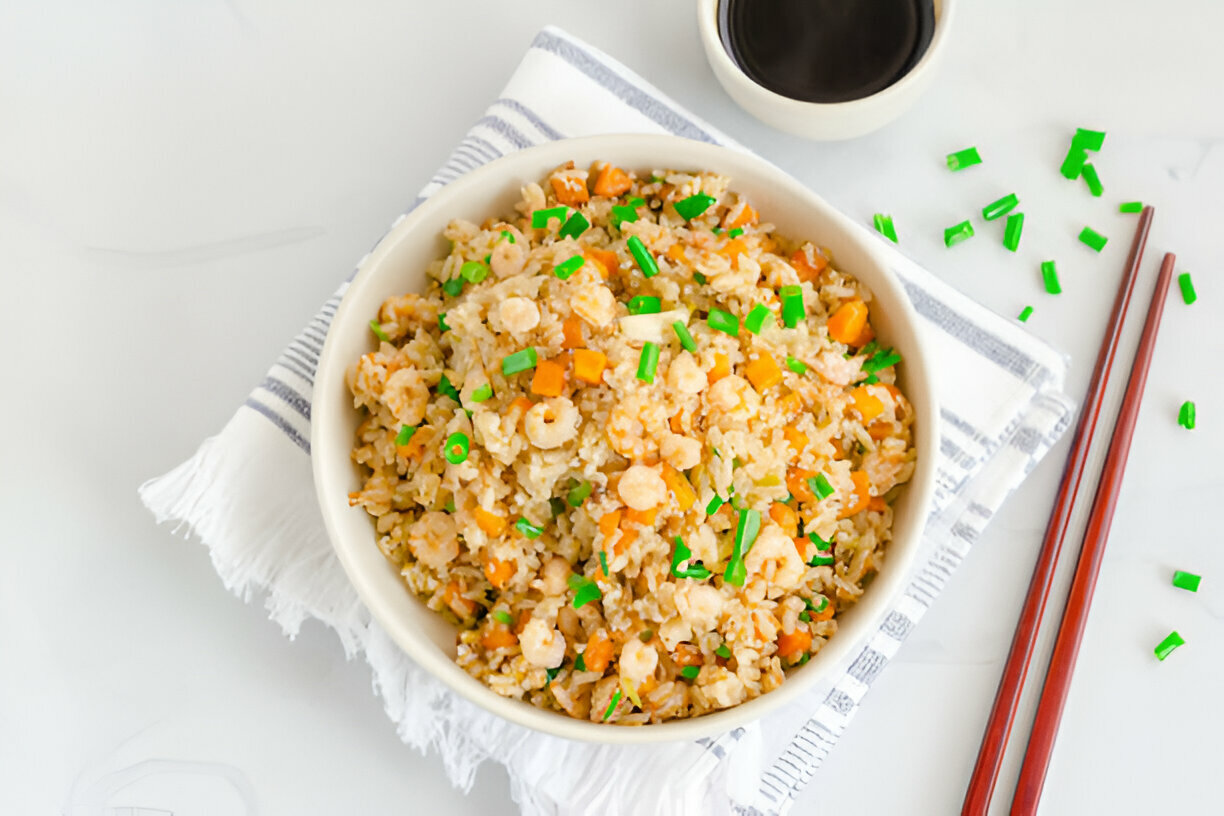
Understanding Fried Rice
Fried rice is a delicious dish that has won hearts and taste buds around the globe. At its core, it’s a stir-fried dish of cooked rice, often mixed with various ingredients like vegetables, proteins, and seasonings. Its origins are believed to trace back to ancient China, where it was created as a way to use leftover rice, promoting sustainability and minimizing food waste. Over centuries, fried rice has traversed continents, evolving into countless variations that reflect the diverse culinary traditions of different cultures.
From the aromatic fried rice of Thailand, which often incorporates spices and herbs like basil and chili, to the rich flavors found in Indonesian Nasi Goreng, and the simpler, comforting style of American fried rice, this dish showcases a wonderful range of tastes. Each culture adds its unique flair, creating a multitude of options to satisfy any palate. No matter the origin, one thing remains constant: the joy of fried rice lies in its ability to tantalize the senses and fill the stomach.
Why Is Fried Rice So Appealing?
The universal appeal of fried rice can be largely attributed to its convenience and incredible versatility. It is a dish that thrives on the idea of customization, allowing cooks to incorporate whatever ingredients they have on hand. Leftover vegetables, day-old rice, and even proteins like chicken, bacon, or tofu can easily come together in a matter of minutes. Not only does this make it a perfect option for busy weeknights, but it also encourages creativity in the kitchen.
Moreover, the satisfaction derived from crafting your own version of fried rice cannot be understated. The process of sautéing vegetables, choosing proteins, and determining the balance of flavors can be as fulfilling as it is delicious. Each cook has the opportunity to experiment, creating a dish tailored precisely to their tastes. This combination of practicality and personalization makes fried rice a beloved choice for every cooking enthusiast and home chef alike.
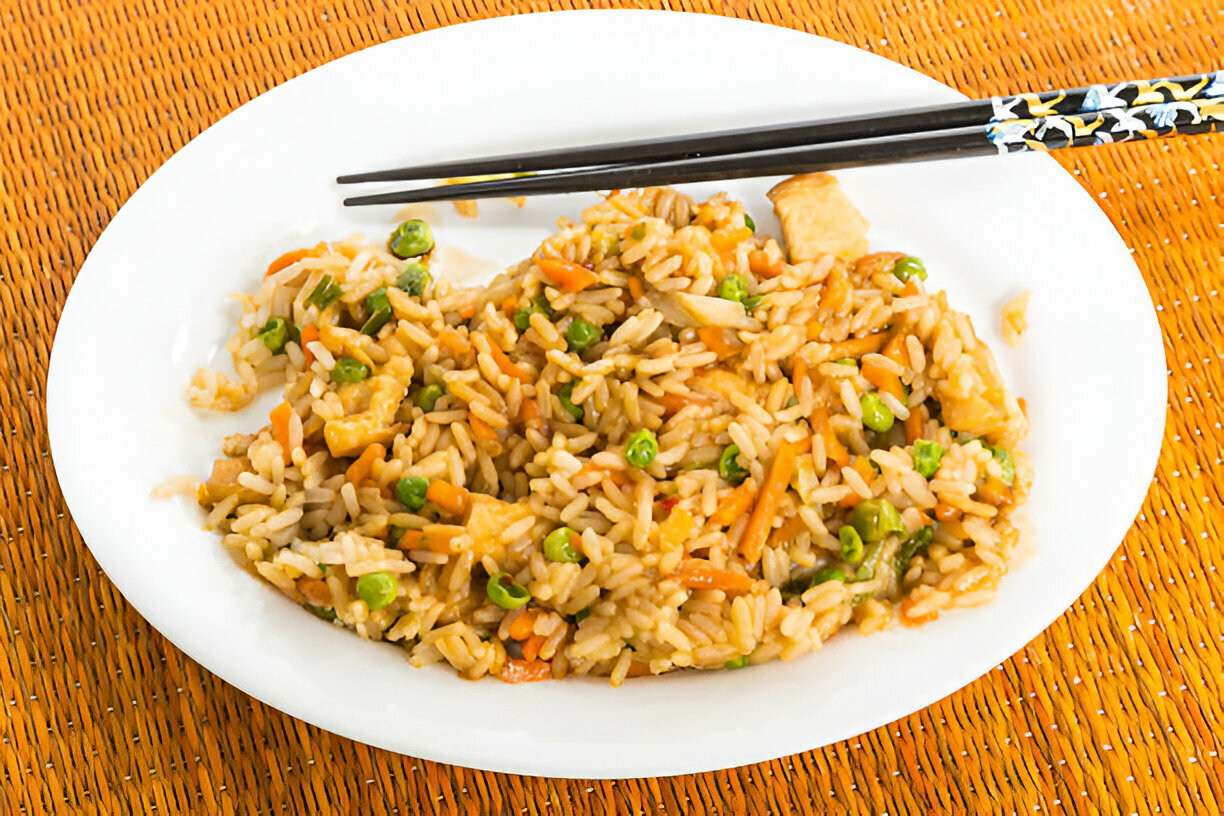
Why “Better Than Takeout”?
When it comes to fried rice, the claim of being “better than takeout” is one that resonates with many home cooks. The appeal lies primarily in the quality of ingredients used. Homemade fried rice allows you to choose fresh, wholesome components that not only enhance flavor but also contribute to a more nutritious meal. Unlike many takeout options that often rely on preservatives and artificial flavorings, your kitchen becomes a bastion of culinary choice.
Takeout fried rice frequently contains monosodium glutamate (MSG) and other additives that can detract from the overall eating experience and might not be well-tolerated by everyone. By cooking at home, you have full control over the ingredients, ensuring that your fried rice is not only delicious but also free from unwanted chemicals.
Another key advantage is the control over flavor profiles. By customizing spices and sauces according to your taste preferences, your fried rice can be tailored to perfection. Whether you prefer a hint of sweetness, a spicy kick, or savory umami notes, creating a personalized flavor profile can elevate your fried rice experience to extraordinary levels.
Finally, homemade fried rice presents notable health benefits. By selecting your own ingredients, you can create a dish that is lower in calories and sodium than typical takeout options. Furthermore, incorporating a variety of vegetables and lean proteins can enhance the nutritional value, creating a balanced meal that fuels the body without excess fat or sugars.
Key Ingredients for Better Than Takeout Fried Rice
To create the ultimate fried rice experience, understanding the key ingredients is essential. Each element contributes to the dish's balance of flavor, texture, and nutrition.
The Base: Rice
The most crucial component of any fried rice dish is, unsurprisingly, the rice itself. The best types of rice to use are:
- Jasmine Rice: Known for its fragrant aroma and fluffy texture, jasmine rice works wonderfully in fried rice dishes.
- Basmati Rice: This long-grain rice holds its shape well and delivers a nutty flavor.
- Short Grain Rice: Often used in sushi, short grain rice provides a sticky texture that holds sauces well.
Regardless of the type chosen, it is crucial to use cold, day-old rice for optimal results. Freshly cooked rice tends to be too moist and can become mushy when fried.
Vegetables
A colorful medley of vegetables not only adds nutritional value but also visual appeal to fried rice. Essential vegetables that enhance the dish include:
- Peas: Add a hint of sweetness and pop.
- Carrots: Provide crunch and vibrant color.
- Onions: Contribute aromatic depth.
Optional additions like bell peppers, corn, and green beans can further enhance the dish's flavor and texture.
Proteins
Choosing the right protein is pivotal for a satisfying meal. Options include:
- Chicken: Diced chicken provides a familiar flavor.
- Shrimp: For a seafood twist, shrimp can add elegance.
- Tofu: A fantastic vegetarian option that absorbs flavors well.
- Beef: For those craving deeper flavors, diced beef can be a sumptuous addition.
Flavor Builders
To create a bold fried rice experience, flavor builders are essential. Key ingredients include:
- Soy Sauce: A classic seasoning that provides umami.
- Oyster Sauce: Adds sweetness and depth.
- Sesame Oil: Contributes a distinct nutty flavor.
Aromatics such as garlic, ginger, and scallions can further elevate the taste, delivering the fragrant essence characteristic of well-made fried rice.
Optional Garnishes
Finishing touches matter! Optional garnishes like sliced green onions, sesame seeds, and fresh cilantro can add flavor as well as visual charm to your fried rice dish, making it truly restaurant-worthy.
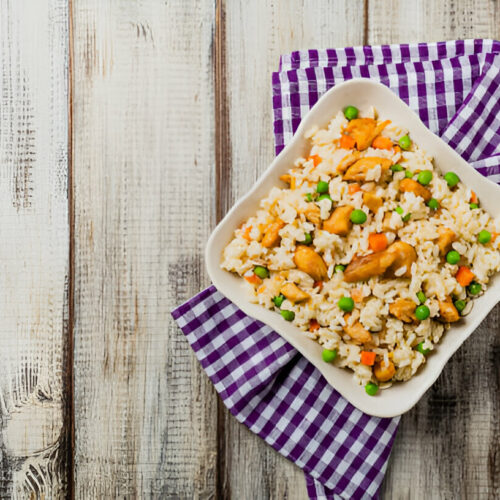
Better Than Takeout Fried Rice
Equipment
- 1 large skillet or wok
- 1 wooden spatula or cooking spoon
- 1 measuring cups
- 1 measuring spoons
- 1 bowl for mixing
Ingredients
- 4 cups cooked jasmine rice Preferably day-old.
- 2 tablespoons vegetable oil
- 2 large eggs Beaten.
- 1 cup diced cooked chicken Or tofu for vegetarian option.
- 1 cup frozen peas and carrots mix
- ½ cup chopped green onions
- 2-3 cloves garlic Minced.
- 3-4 tablespoons soy sauce Adjust based on preference.
- 1 tablespoon sesame oil Optional.
- to taste salt
- to taste pepper
Instructions
- Begin by preparing your ingredients: chop green onions, mince garlic, and ensure your rice is cooked and chilled if you are using leftover rice.
- Heat the vegetable oil in a large skillet or wok over medium-high heat.
- Once the oil is hot, add the beaten eggs and scramble until fully cooked. Remove the eggs from the skillet and set aside.
- In the same skillet, add more oil if necessary and sauté the minced garlic until fragrant, about 30 seconds.
- Add the diced chicken (or tofu) and cook for about 2-3 minutes until heated through.
- Stir in the frozen peas and carrots mix and cook for another 2-3 minutes until the vegetables are warmed.
- Add the cooked rice, soy sauce, and sesame oil (if using) to the skillet. Stir well to combine all the ingredients and evenly distribute the sauce.
- Fold in the scrambled eggs and chopped green onions. Taste and adjust seasoning with salt and pepper if required.
- Continue to stir-fry for another 2-3 minutes, ensuring everything is heated thoroughly and well combined.
- Remove from heat and serve hot.

